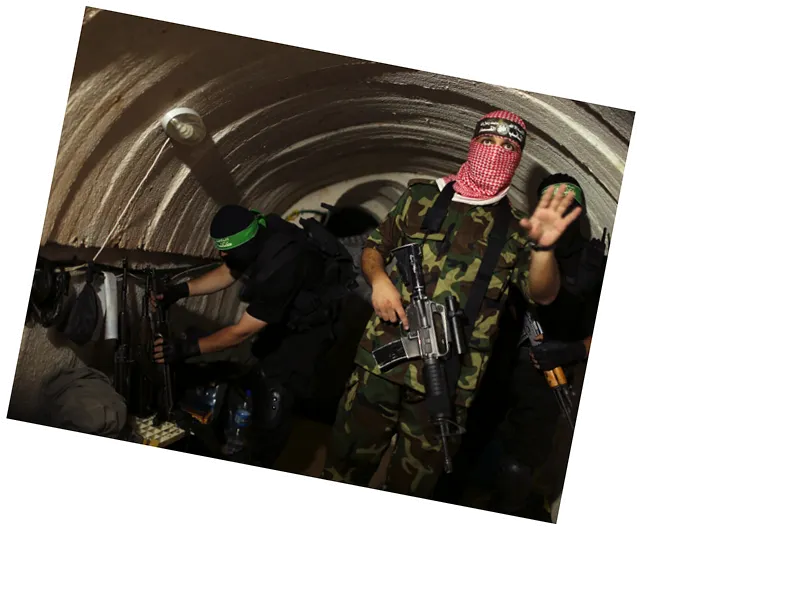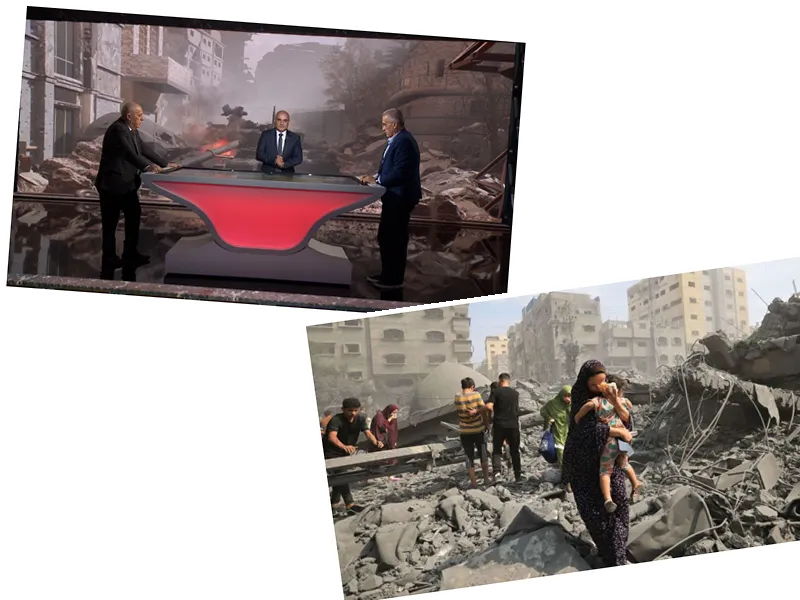The Ongoing Conflict in Gaza: A Complex Landscape
As the war in Gaza stretches into its second year, military experts indicate that the conflict is not likely to end soon. The situation has evolved, drawing in additional fronts, particularly in Lebanon, which has altered the regional dynamics significantly. Experts from Europe, speaking to Al Jazeera, highlight that Hamas continues to leverage its tunnel network and advanced communication systems to sustain its military operations against the Israeli forces. While the Israeli military benefits from superior technology and American support, it faces mounting economic pressures and the challenges of fighting on multiple fronts.
Hamas's Tactical Advantages and Israeli Challenges
The extensive network of tunnels, exceeding 600 kilometers in length, provides Hamas with a tactical edge, allowing for surprise attacks and effective resistance against Israeli forces. Retired German Colonel Ralph Thiele emphasizes the importance of a robust command and communication system for decentralized operations like those employed by Hamas. Conversely, the Israeli military relies heavily on advanced technologies to gather intelligence and execute real-time operations. However, the psychological resilience of Hamas fighters, coupled with their willingness to sacrifice, poses a significant challenge to Israeli objectives.
The Broader Implications of the Conflict
Recent developments, including Israeli airstrikes in Yemen and Lebanon, indicate the expanding nature of the conflict. Military expert François Chauvin notes the presence of multiple fronts, including Gaza, the West Bank, and Lebanon, alongside airspace monitoring to deter Iranian interventions. Despite the extensive military mobilization, Israel faces a looming economic burden from the prolonged conflict, estimated at $50 billion over the past year. With no ceasefire resolution in sight, experts predict that the fighting will persist for months, if not years, as both sides grapple with the realities of war.





